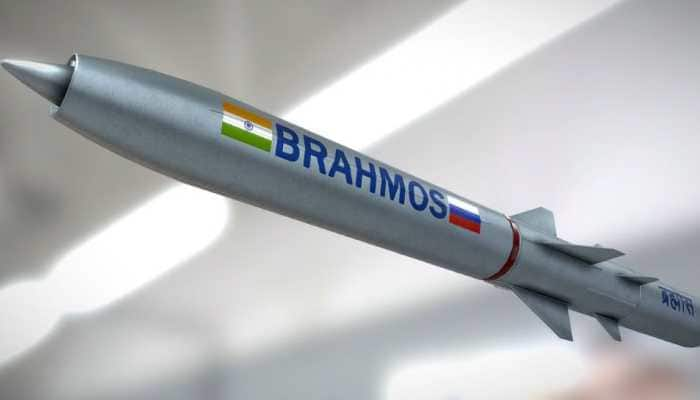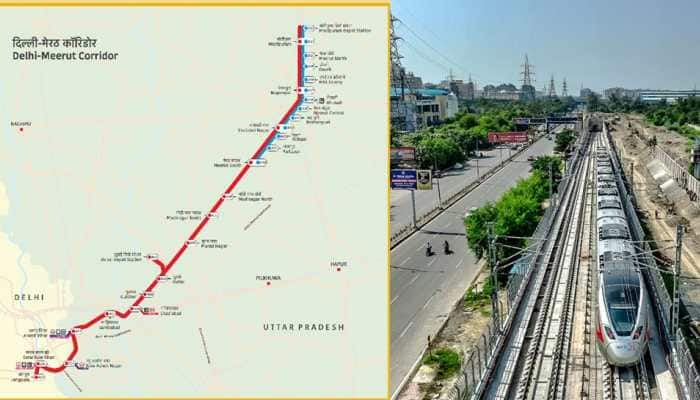Indonesia says faulty part, crew action factors in AirAsia crash
Problems with a glitch-prone rudder component and the way pilots tried to respond were major factors in the crash of an Indonesian AirAsia jet last year that killed all 162 on board, investigators said on Tuesday.
Trending Photos
)
Jakarta: Problems with a glitch-prone rudder component and the way pilots tried to respond were major factors in the crash of an Indonesian AirAsia jet last year that killed all 162 on board, investigators said on Tuesday.
The Airbus A320 crashed into the Java Sea on Dec. 28, less than halfway into a two-hour flight from Indonesia`s second-biggest city of Surabaya to Singapore.
In their first public report, Indonesian investigators did not pinpoint a single underlying reason why flight QZ8501 disappeared from radar, but laid out a sequence involving the faulty component, maintenance and crew actions.
"There was a chain of events, starting with a broken (part), how it was handled and then after it was handled what the consequences were and how the pilot handled it. It`s difficult for me to say what the main cause was," National Transportation Safety Committee (NTSC) investigator Nurcahyo Utomo said.
Bad weather did not play a role.
The crash was part of a string of aviation disasters in Southeast Asia`s biggest economy, whose rapid air travel growth has led to overcrowded airports and stirred safety concerns.
The NTSC said a system controlling rudder movement had cracked soldering that had malfunctioned repeatedly, including four times during the flight and 23 times over the previous year. The problem had generated maintenance reports.
Officials said black box data suggested crew had "likely" shut off power to the computer that controls the rudder system by pulling circuit breakers, after three normal resets using push buttons failed to remove error messages.
That is not usually done during flight but the captain may have been influenced to try after witnessing ground crew do it on the same plane three days earlier, the report said.
To do so he would have had to leave his seat, it said, adding weight to the theory that the captain was not at the controls when the plane began to lose control, although officials said this could not be proved for certain.
In February, the NTSC said there was no evidence for a Reuters report that the captain had left his seat.
Investigators said on Tuesday they had asked Indonesia AirAsia and Airbus to take steps to prevent pilots "improvising" fixes to problems. It also said an Airbus manual on when to reset computers was "potentially ambiguous".
"The thing we recommend is to please provide some procedure to prevent the pilots from improvising. Today maybe they improvise by pulling the circuit breaker, tomorrow they may do something else," said Utomo.
With power to the vital computer now out, the rest of a detailed timeline laid out by the NTSC focussed primarily on the performance of the crew, which needed to fly the jet manually.
That is because the disabled computer was needed for the aircraft`s automatic stall protection and autopilot to work.
"Subsequent flight crew action resulted in inability to control the aircraft," the NTSC said in a statement.
`Pull down`
Flown by the French co-pilot, the plane reared higher and entered a stall, a state in which it loses lift.
The captain shouted "Pull Down," a command investigators called "confusing" as a clearer order to point the nose lower and stop stalling would be "Push Down" or "Push Forward".
But he did not take back control as a senior pilot seated at the controls is required to do in such an emergency.
During this time, the rebooted computer was coming back to life and waiting for new instructions.
"The computer was back on but it wasn’t functioning to control (the aircraft). If they’d wanted it to control again there’s a button that must be pushed. If your Blackberry dies, you pull out the battery. When it comes back on you have to enter your PIN,” Utomo said.
The plane reached an altitude of 38,500 feet before falling at up to 20,000 feet per minute. There were "about five minutes" from the time it stalled to the moment of impact.
Reuters reported in January that investigators were examining maintenance records of a flight computer and how the crew responded to any technical fault.
The report is not intended to attribute blame and cannot be used in court but could influence pending lawsuits by families and test relations between Airbus and its top Asian customer.
UK lawyer James Healy-Pratt said the report indicated problems with both the aircraft and pilot training.
AirAsia said it had already upgraded pilot training and enhanced safety standards following the crash.
"There is much to be learned here for AirAsia, the manufacturer and the aviation industry," founder Tony Fernandes tweeted.
Airbus declined detailed comment.
"Airbus has just received the final accident report. We are now carefully studying its content," a spokesman said by email.
Stay informed on all the latest news, real-time breaking news updates, and follow all the important headlines in india news and world News on Zee News.
Live Tv







)
)
)
)
)
)
)
)
)
)
